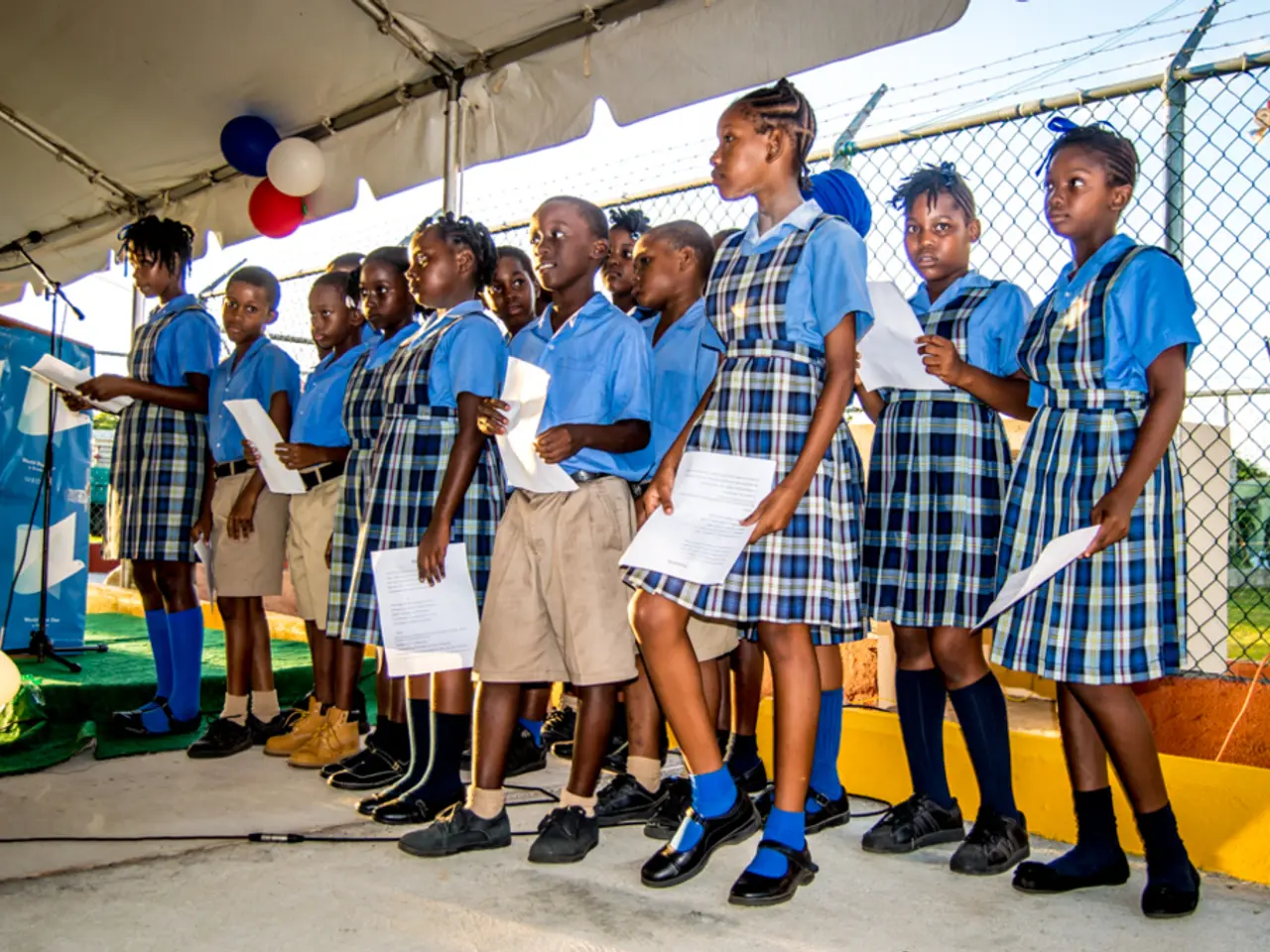Innovative Science Fair Project Concepts, Suggested by an Educator!
In the realm of education, science fairs provide a unique platform for young learners to delve into the world of science, technology, engineering, and mathematics (STEM). Here's a comprehensive guide to help early elementary teachers and parents facilitate engaging and effective science fair projects for their students.
Emphasizing the Process over the Product
Encourage children to embrace the scientific method, focusing on asking questions, forming hypotheses, experimenting, observing, and learning from failures. Teach them to view failure as a learning step and foster resilience through trial and error.
Using Open-Ended Questions
Prompt students with questions like "What do you think will happen if…?", "Why do you think that happened?", and "What did you learn from this?" to stimulate critical thinking, hypothesis formation, analysis, and reflection.
Encouraging Student Choice and Creativity
Allow students to select projects that interest them and are relevant to real-world problems, fostering originality and ownership. Projects should revolve around science, technology, engineering, and mathematics concepts that the students are curious about, promoting engagement and innovation.
Providing Structured Support with Flexibility
Use tools like customizable project timelines, assignment schedules, and rubrics that guide students step-by-step through the scientific method while allowing independence. Resources such as fillable student workbooks and reflection rubrics can help students self-assess and manage their work independently.
Integrating Multimedia and Hands-On Resources
Utilize instructional science videos, step-by-step guides, and hands-on STEM activities to make abstract concepts concrete and keep students actively involved. Group challenges and outdoor experiments can also promote collaboration and make learning enjoyable.
Modeling Scientific Inquiry
Teach students the distinction between experiments and other scientific investigations, as well as the need for controls, variables, repetition, and data interpretation to build a solid foundation of scientific methodology.
Creating the Presentation Board
A child's project should look like a child's project, not ready for a high school science fair. Encourage children to create their presentation boards, fostering their ownership and pride in their work. Offer assistance with gluing things down or writing things out if needed.
Some Exciting Science Fair Project Ideas
- The "Bread Mold Experiment" determines the most effective hand washing methods based on the amount of mold grown.
- The "Growing Gummy Bears" experiment observes how gummy bears expand in different liquids and measures their size before and after.
- The "Color Taste Test" experiment explores whether color affects taste.
- The "Paper Airplane Tossing" experiment involves folding various paper airplanes and recording their flight distances.
- The "Floating Eggs" experiment explores how to make an egg float using salt water.
- The "Effects of Sugar on Teeth" experiment determines which beverages impact dental health the most.
Making the Science Fair Project Accessible
The science fair projects are intended to be carried out by the child with some assistance from an adult. Tests should be developed that can be completed in the house or driveway, requiring minimal materials and not taking up too much time. A printable science project pack is available that includes over 300 pages of science activities, posters, vocabulary packs, writing prompts, and STEAM project pack.
Aligning with STEAM Standards
The science fair process aligns with the STEAM or Engineering Design Process under the Next Generation Science Standards. Participating in a science fair helps children develop skills like communication, critical thinking, time management, peer interaction, and self-confidence.
Getting Started
A simple packet of information is available to help children get started with their science fair project. It is recommended to pick a project that the child has expressed interest in. Short videos of the child explaining the experiment as they go through the steps can help with the writing component at the end of the project.
Remember, the goal is to nurture a love for science and learning in young minds, fostering curiosity and encouraging exploration. By implementing these strategies, early elementary teachers can effectively guide children through the scientific method, promoting student-led work and fostering a lifelong passion for STEM subjects.
- The science fair projects are designed for children to conduct, with some guidance from adults, making them accessible for early elementary education.
- Students can explore the world of science, technology, engineering, arts, and mathematics (STEAM) through engaging and fun activities like the 'Bread Mold Experiment' and 'Growing Gummy Bears'.
- Encourage kids to play with slime, as it can be a part of a fascinating science project, serving as a hands-on resource to understand various chemical reactions.
- The science fair process emphasizes the importance of experimentation, observation, and learning from failures, fostering resilience and a love for the scientific method in young learners.
- Embrace open-ended questions to spark curiosity and stimulate critical thinking, such as "Why do you think gummy bears expand differently in different liquids?"
- Teachers should integrate arts into STEM activities, as art creativity can help visualize science concepts and make learning more enjoyable, like designing unique presentation boards for the science fair projects.
- Engineering activities can also be part of the science fair, like the 'Paper Airplane Tossing' experiment, encouraging kids to understand physics concepts through play and experimentation.
- By creating a comprehensive guide and providing support, elementary teachers can facilitate student-led projects in biology, chemistry, physics, and other science subjects, fostering their interest in science education and self-development.
- Science fairs are not just about the final product but the learning process,Encoderage, rather aiming for the nurturing of a lifelong passion for STEM subjects and learning.




